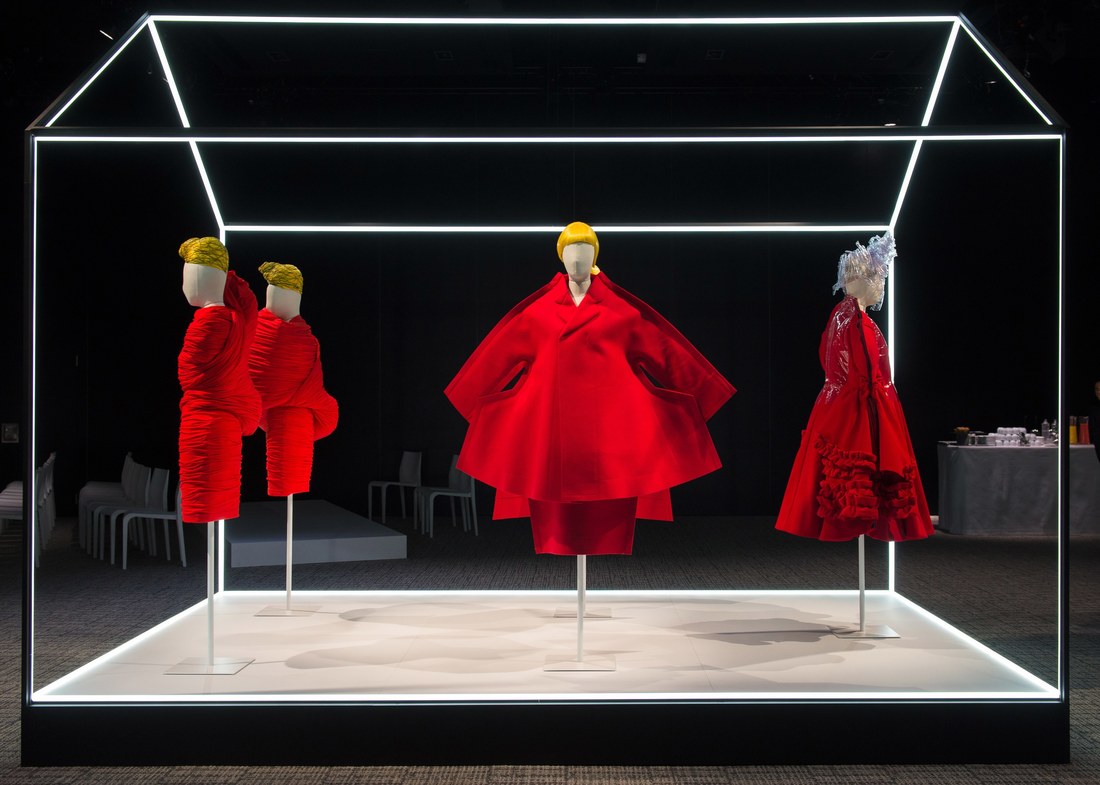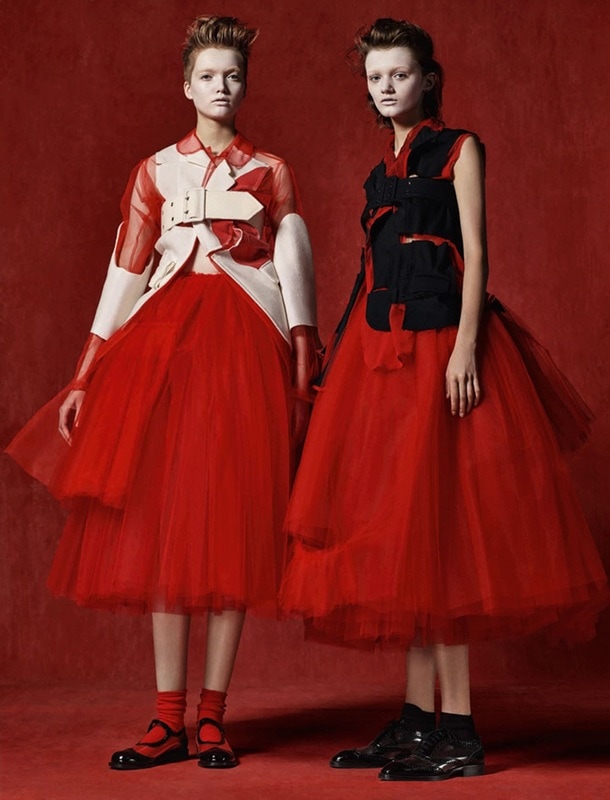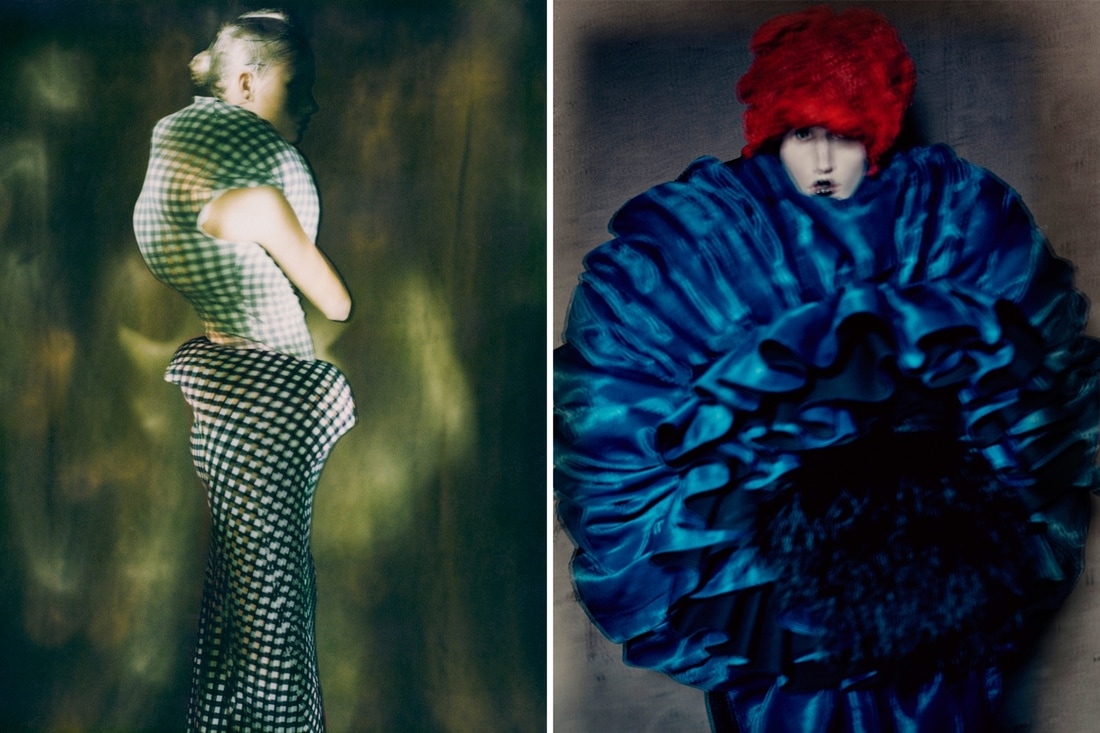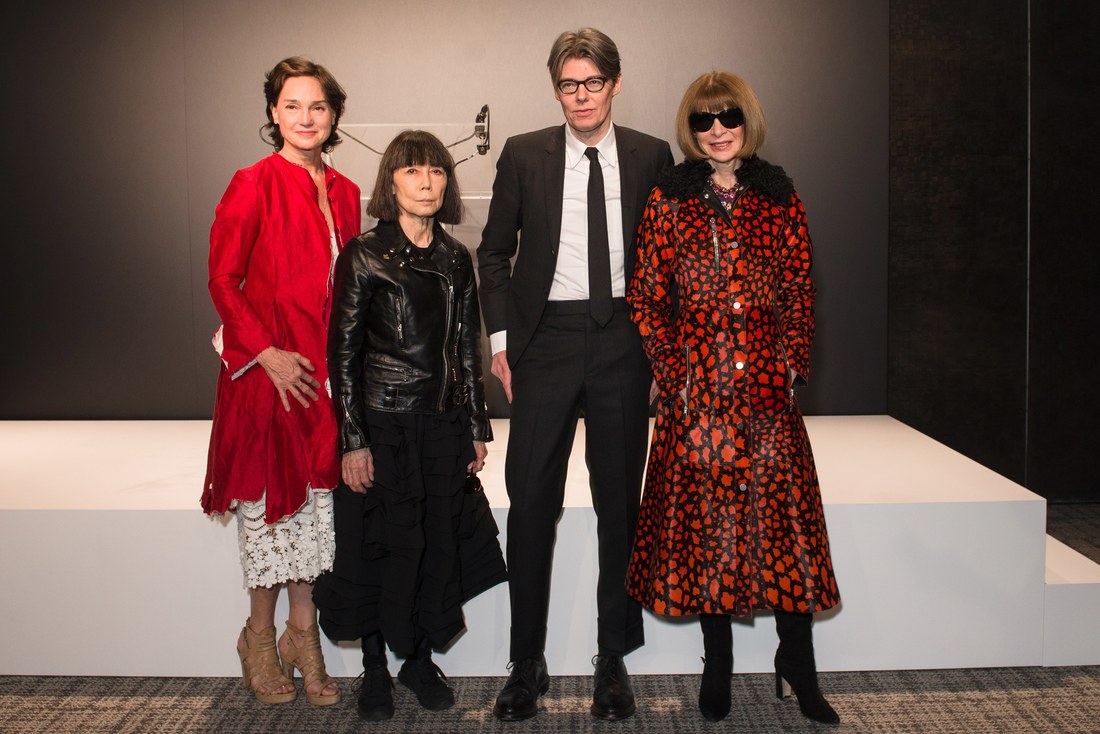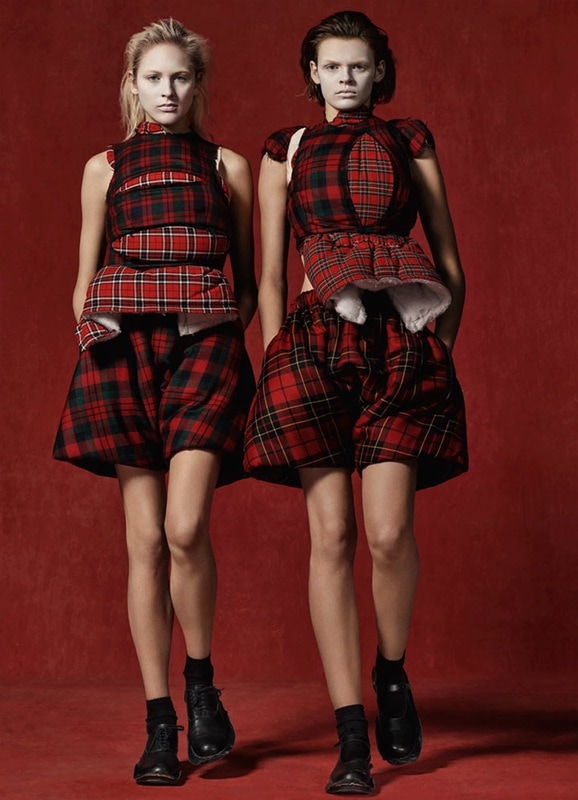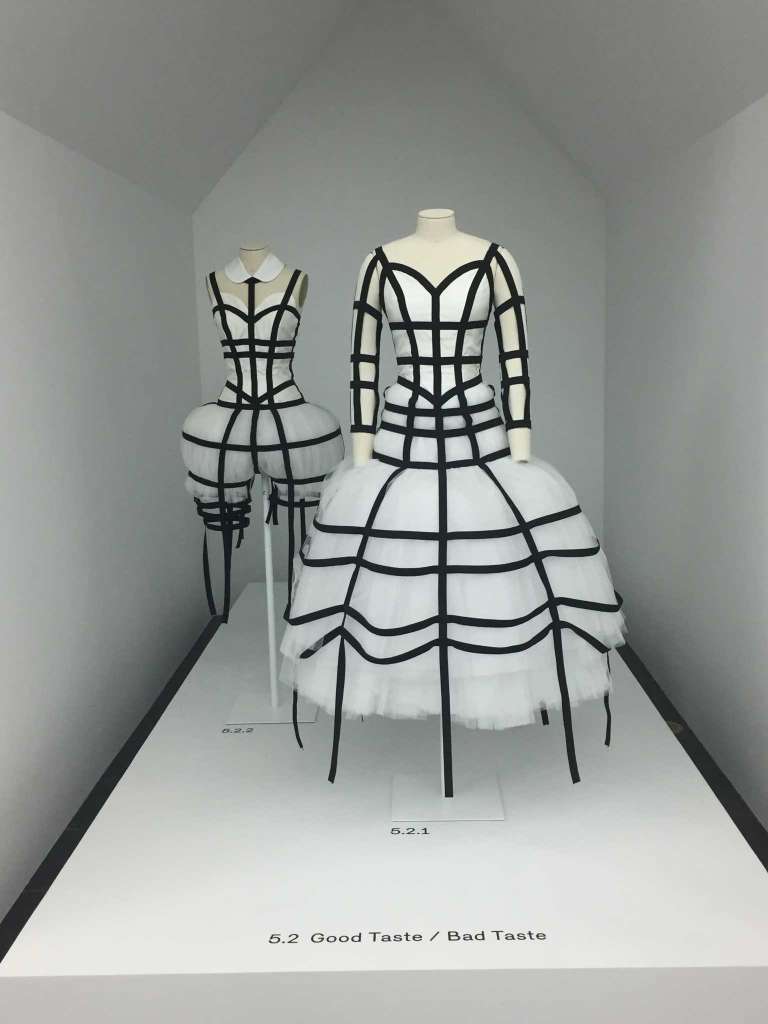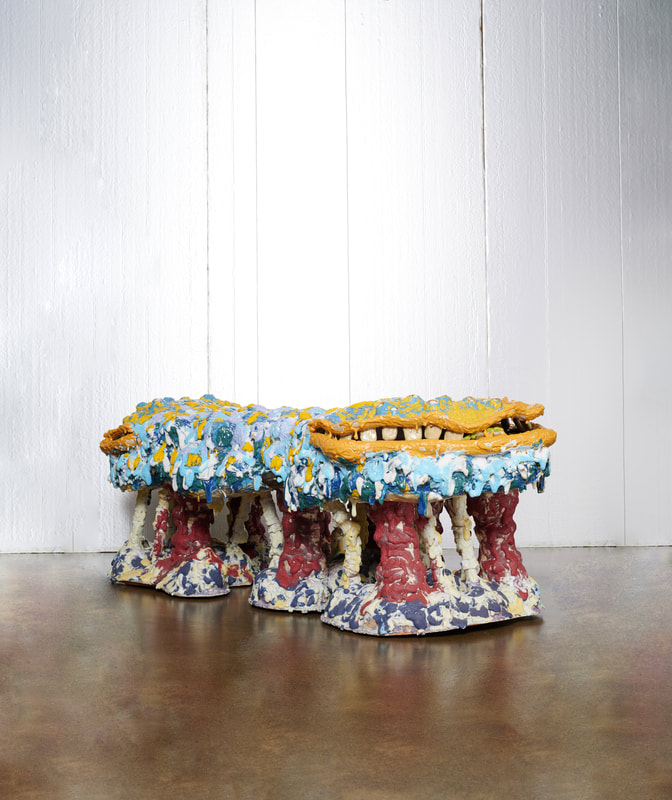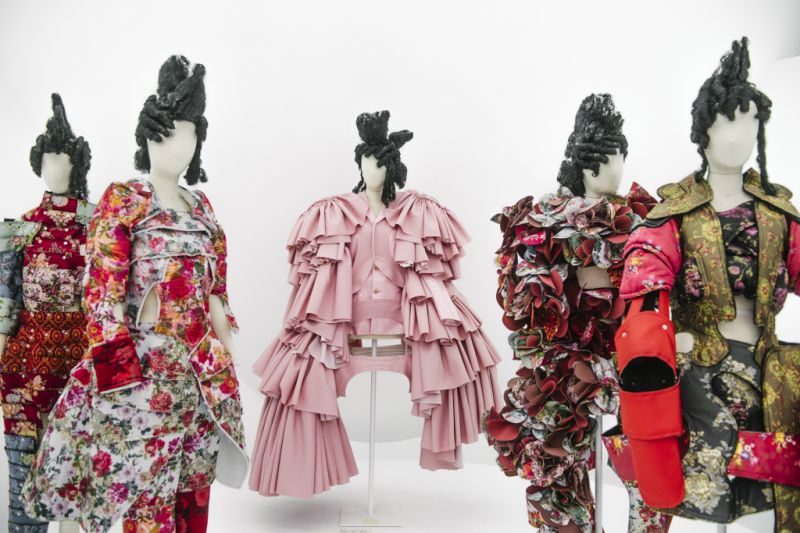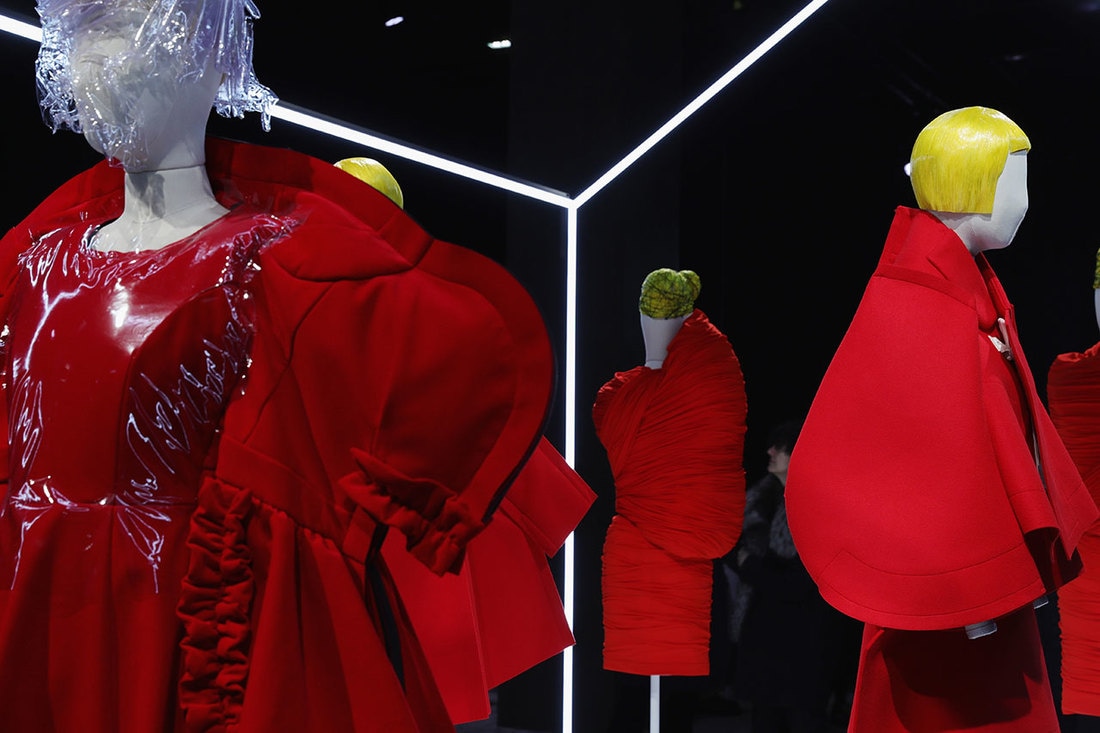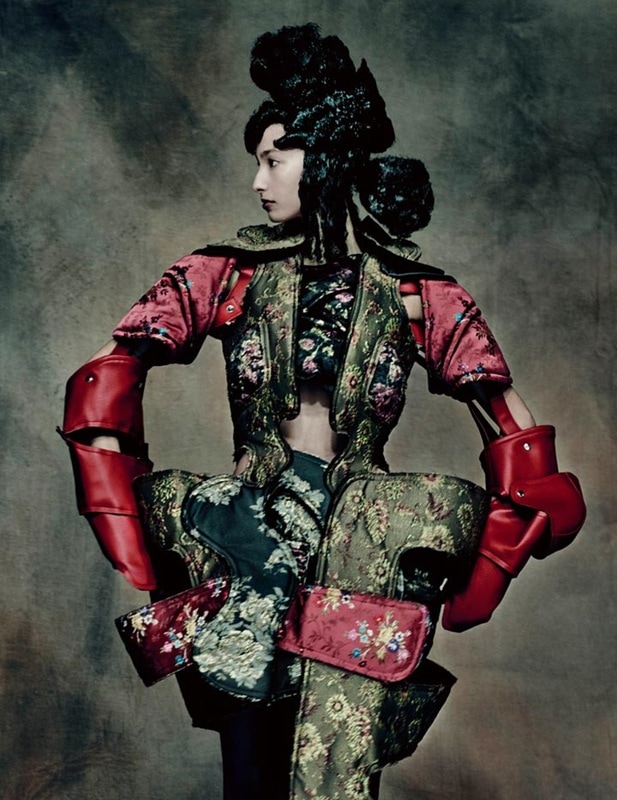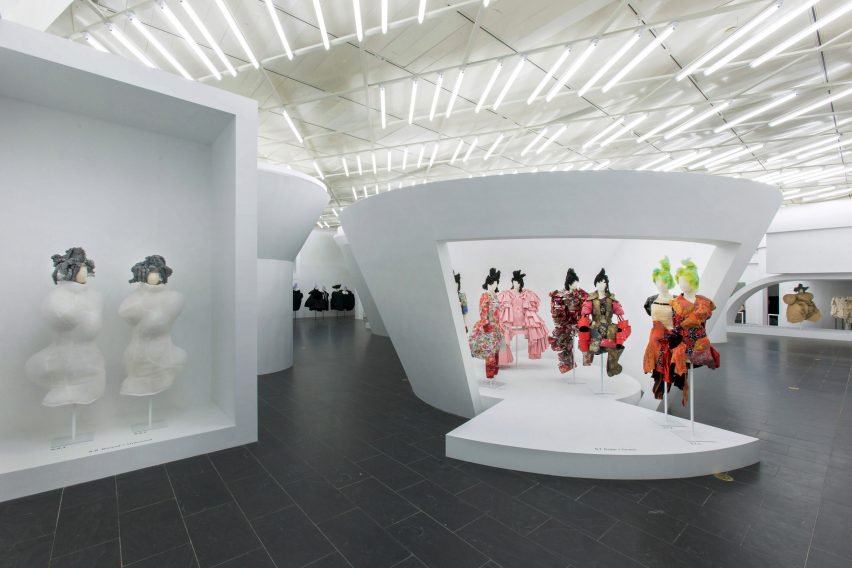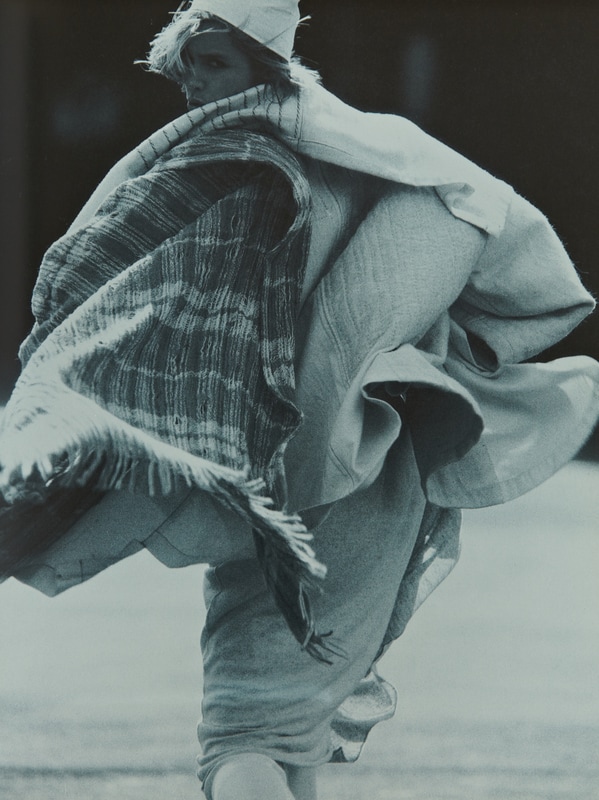I cannot think of a better way to spend the morning on the First Monday in May then visiting the Costume Institute’s spring exhibition, which always marks a special moment in the study, documentation, and experience of the art of fashion. This time, the exhibition “Rei Kawakubo/Comme des Garçons: Art of the In-Between” comes to examine the work of the Japanese designer and her label, marking the only second living designer (after Yves Saint Laurent in 1983) to have a solo show, in what is considered the most prestigious of all museum presentations of fashion. Everyone has their Comme des Garcons story, and so do I. When I first moved to New York in the 80s, shortly after her Paris debut, Kabakubo’s boutique on Greene Street in SoHo was considered New York’s Temple of Design. It was long before design was everywhere, and her bare, revolutionary, minimalist space of concrete floor and white walls was the perfect backdrop for her avant-garde fashion. In fact, Kawakubo’s clothes best exist in spaces. They shine when in conversation with architecture because, what I have learnt back then in the 80s, was that conventional notions of beauty, taste, and fashion could be challenged, and clothes shall not always created for the body alone. To me, it was the first steps into defining my own style and taste, and wearing Comme des Garçons, with its dramatic drapes, experimental forms, and fresh look with touch of minimalism, was a wonderful way into the journey of exploring and defining my own taste and identity. For this I thank Kawakubo who appeared this morning weather draped black skirt and leather jacket, looking so much younger than her 75 years. Kawakubo has always been interested in reinventing, in pushing the envelope of what we call fashion, seeking to create clothes “that one has never seen before, that are completely new, and how in what way they can be expressed,” in her words. Never looked backward to the history of fashion, what we learn while exploring the 150 garments on exhibition, is that she truly redefined aesthetics, changing the course of fashion, creating fashion that transcends trends, age, and gender. What else can you ask for when entering a museum?

